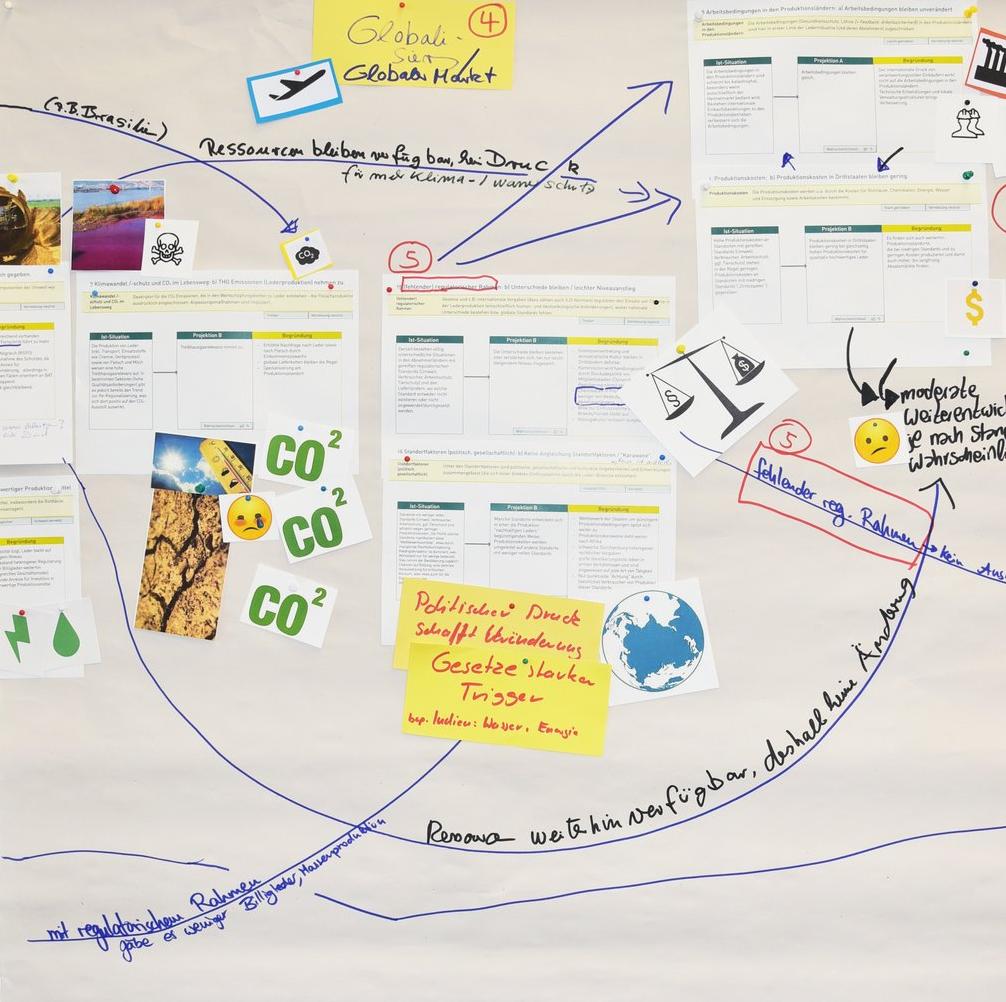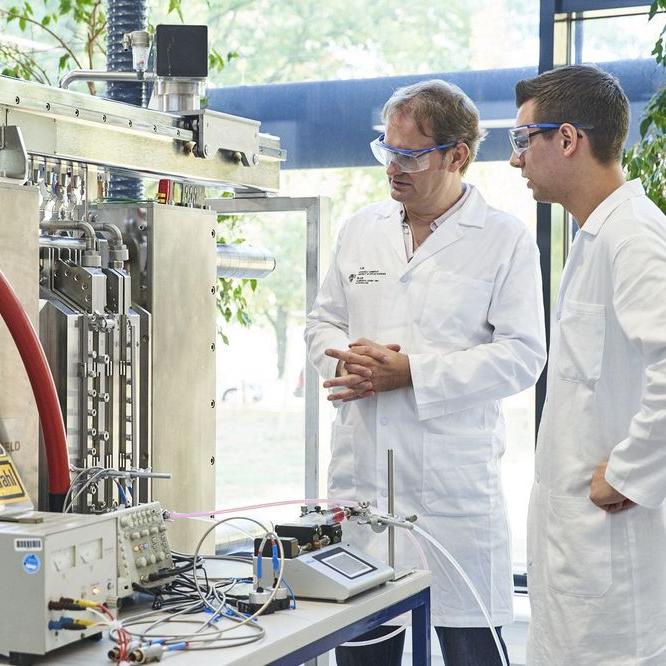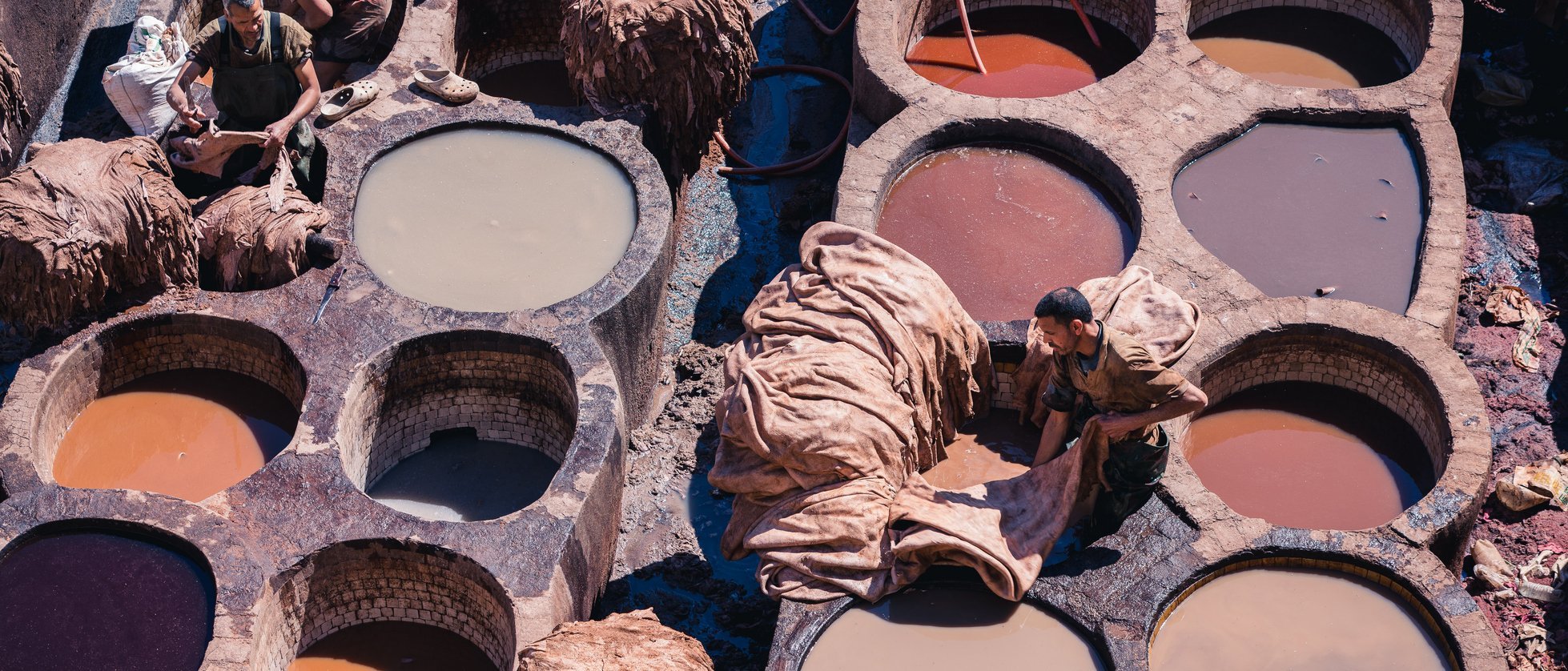
Harmonisierung von Standards für eine "nachhaltige Lederindustrie"
Inhalte nur in English verfügbar
Die folgenden Erläuterungen zum Teilprojekt werden ausschließlich in englischer Sprache angeboten. Wenn Sie deutschsprache Informationen benötigen, wenden Sie sich bitte an den Verantwortlichen für dieses Teilprojekt.
Um zu diesem Teilprojekt informiert zu bleiben, abonnieren Sie auch einfach unseren Newsletter.
Teilprojekt 1
Challenges
The United Nations’ Sustainable Development Goal (SDG) 12 is to “ensure sustainable consumption and production patterns”. This comprises, among other things, sustainable management and efficient use of natural resources as well as the safe use of chemical substances throughout their entire life cycle – by the year 2020 (see UN "Agenda 2030"). To tackle these challenges, countries and regions around the globe have put different legislations in place and implementation capacities. In some regions, the EU in particular, one can observe quite dynamic legislative developments. The conditions under which leather and leather products are manufactured on a global scale can therefore differ significantly. Emerging policies as well as consumers and NGOs therefore emphasise the responsibility of businesses to ensure due diligence of environmental and social impacts along the entire supply chains.
With a view to harmonising production conditions across national borders, industry initiatives are developing standards e.g. for chemicals management in the supply chain or auditing procedures. The impact of these initiatives to date has however been limited. By not including key criteria (e.g. on social aspects), standards often lag behind legal or societal progress. Besides, while overlaps in the standards appear to be inevitable, the respective approach and criteria are however inconsistent. This in turn also hampers the smooth passing of “handover points” (e.g. when a product or process completed the scope of one standard and now enters into the scope of another). Inconsistencies lead to inefficient implementation and create complexities on the part of suppliers along the chains and their professional customers (brands, retailers). The costs for these actors to endorse the standards and comply with them are therefore high, while the benefits remain below the full potential possible due to lack of ambition. In addition, consumers are struggling even more with these complexities and this is one of the reasons why they cannot properly take these standards into account in their consumption behaviour.
Harmonisierung von Standards für eine Nachhaltigere Lederchemie (Teilprojekt 1)
Objectives
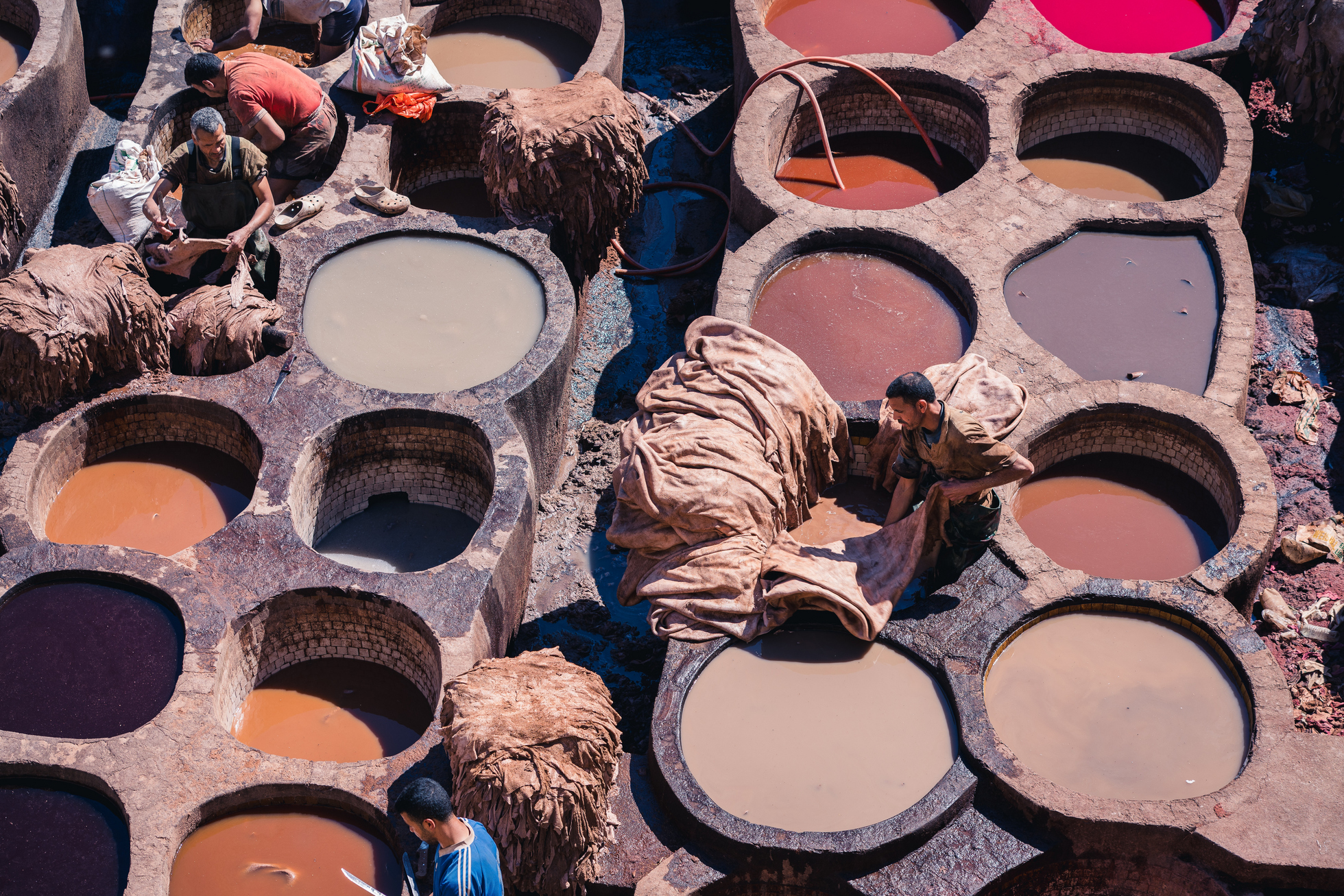
The overall goal of the subproject is to enhance the harmonisation of standards to leverage two major improvements: The contributions to sustainable development of standards should be increased and, to enable efficiency gains, differences between standards should be reduced. The projected output is NOT a new standard. Rather, the subproject develops an “ambition” for existing standards, i.e. a set of elements and criteria in terms of a more sustainable leather that standards should entail to be future proof with respect to ever-changing framework conditions. Likewise, the subproject is NOT about reinventing the wheel but, to the extent possible, building upon existing solutions and proposals (standards for leather and other products, guidelines prepared by UN Organisations and OECD, etc.). Outputs will take the format of a public (free access) reference document.
Structure
A tandem consisting of one representative from the Darmstadt University of Applied Sciences and one from practise coordinates the project. Anyone interested can participate in the project. The cooperation takes place via meetings / web conferences / workshops.
|
Panel Coordination |
|
|
Representing Darmstadt University of Applied Sciences |
|
|
Representing the practise |
tbd |
Project progress to date

Preliminary work
Based on extensive preliminary work (including scenario process, strategy workshop, Theory of Change), the subproject "IT Tools and Governance for Traceability" was designed together with representatives of the leather supply chains and presented at the kick-off conference in June 2020.
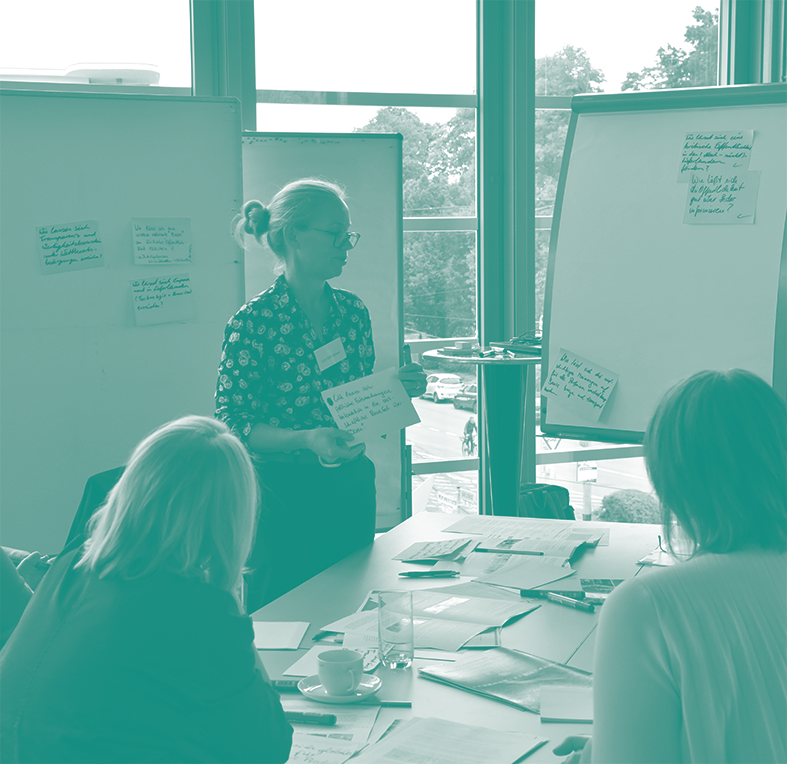
Workshop #1
The first workshop clarified the subproject’s scope. In an open exchange, the participants discussed aspects where harmonisation is lacking as well as related impediments. Particularly, the group found there is no common understanding of how sustainable leather is defined. The group thereby also agreed that social criteria (e.g. labour rights, safe and secure working environments) are included in the scope of the subproject.

Workshop #2
Workshop #2 aimed to develop a working plan to reach a harmonised understanding of sustainable leather. In an interactive session, ideas on major outputs and steps of the process have been exchanged. The group has yet to render a final decision.
